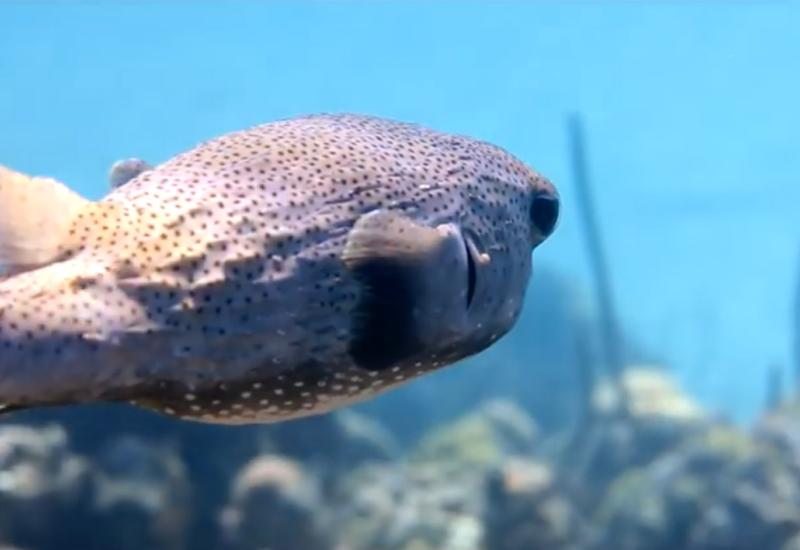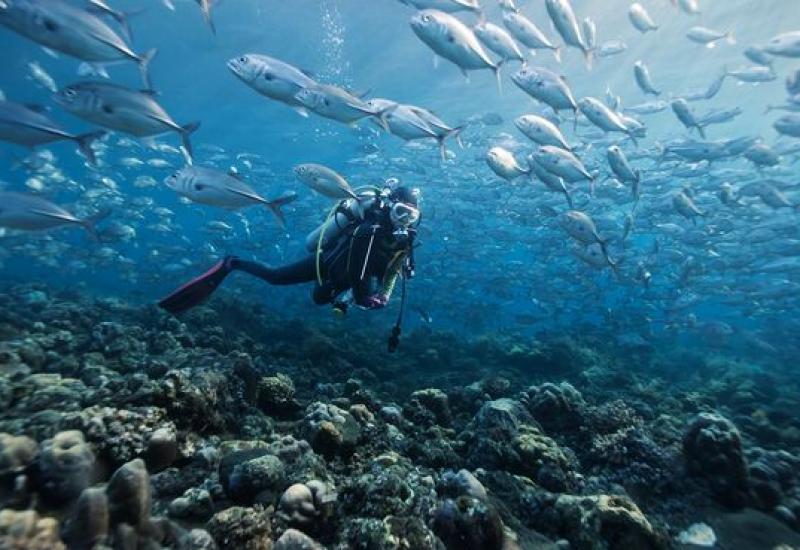3 Tips for Underwater Sea Lion Photography
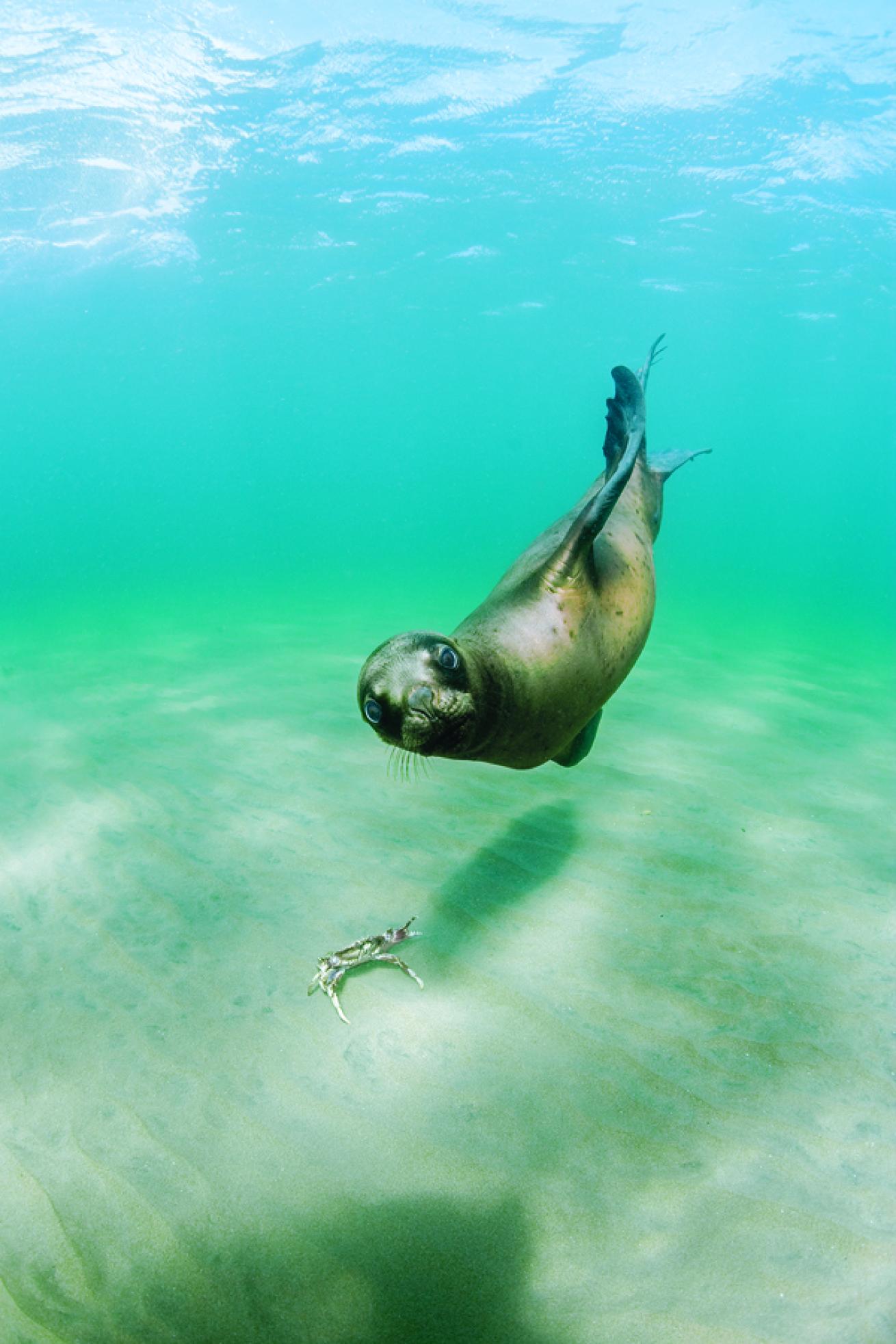
Franco BanfiCamera: Canon EO S-1Ds Mark II // Housing: Subal // Lens: Canon 15mm, f/2.8 fisheye lens// Strobes: None
Settings: f/5.6., 1/320 sec, ISO 200// Location: Patagonia, Argentina
Large eyes and a nose covered in whiskers are part of the reason sea lions are known as underwater puppies, and you want to strive to capture this cuteness in your images. Great eye contact improves all portraits, so try to time your pictures for when both the animal’s eyes are looking into the camera. Fortunately, sea lions are naturally curious about divers and you don’t usually have to wait long to find one gazing into your lens.
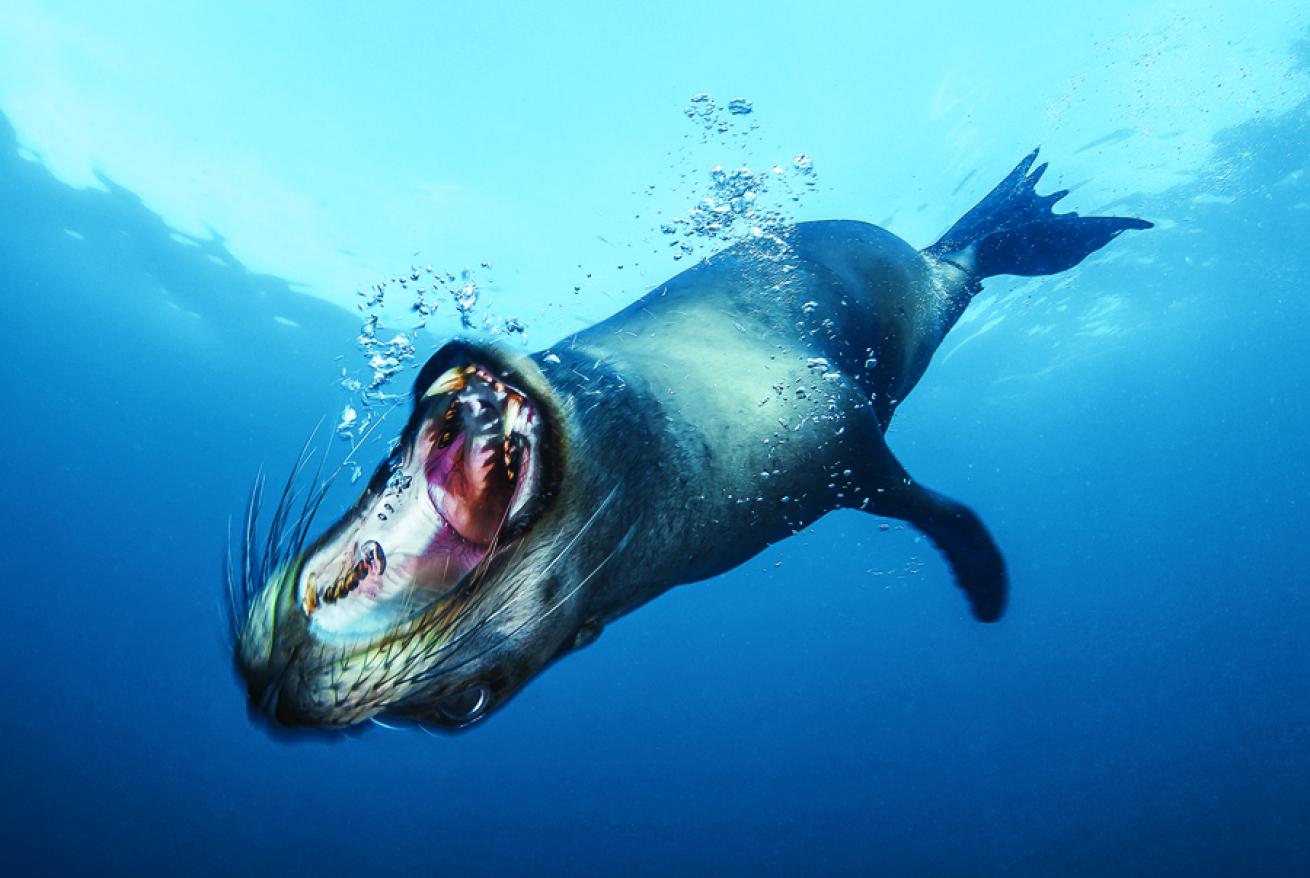
Allison VitskyCamera: _Canon __7D_ // **H****ousing:** _Subal_ // **Lens:** _Tokina 10-17mm_ // **Strobes:** _Sea __and Sea YS250_
Settings: __f/7.1, __1/125 sec ISO _320_ //** Location:** _Ruby E_,_ _San Diego, __California
Sea lions are full of character and always keen to demonstrate their unrivalled agility in the ocean. Try to capture graceful poses, or images filled with personality, such as playful mouth-gaping and bubble-blowing — although it is important to learn the difference between youngsters clowning around and a large male marking his territory. Use a fast shutter speed to freeze the action, especially if shooting without strobes.
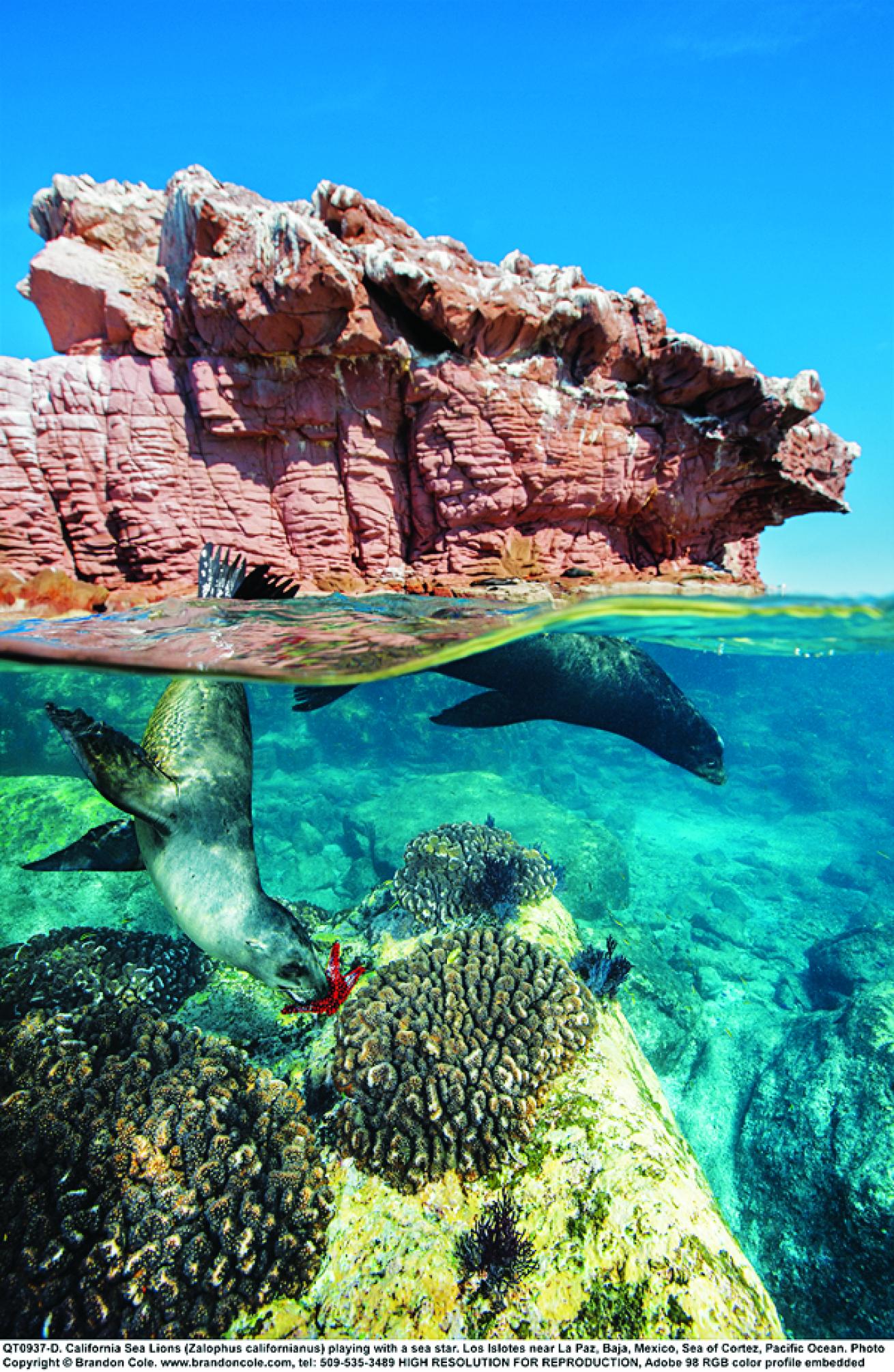
Brandon ColeCamera: Canon EO S-1Ds Mark III // Housing: Seacam // Lens: Canon EF 16-35mm,_ f/2.8 L II USM_ // Strobes: None
Settings: _f/__13, 1/320 sec, ISO 800_ // **Location:** _Sea of Cortez, Baja Mexico_
As air-breathing mammals that enjoy good sunbathing, you’ll often encounter sea lions at the surface. If conditions are calm, this offers a lot of opportunity to work the surface into photos.
If you drop below the surface and shoot upward, you can frame subjects within the arc of Snell’s window, which is accentuated with a fisheye lens. Expose for the sky, early and late in the day, to frame a subject in a dark circle.
When diving shallow, make use of surface reflections; when at the surface, think about split shots. You need a large dome port, sunny weather, and interesting subject matter above and below the surface to pull these off.
Dives with sea lions can be action-packed so learn how to squeeze all the photographic potential out of these encounters by checking out this photo gallery filled with 3 top dog photography tips by marine photography expert Alex Mustard on how to best hit the water to capture these underwater pups.
For more underwater photography advice by Alex Mustard on capturing sea lions, check out the companion article: Photography Tips: Taking Top Notch Photos of Sea Lions.



